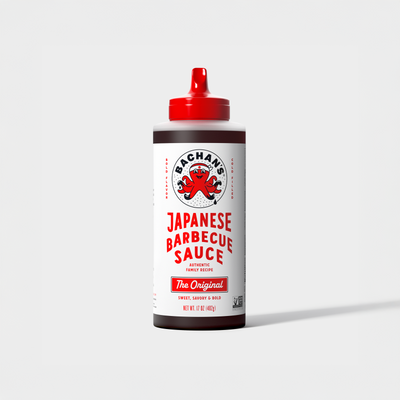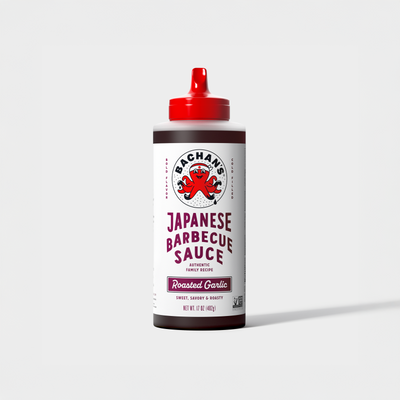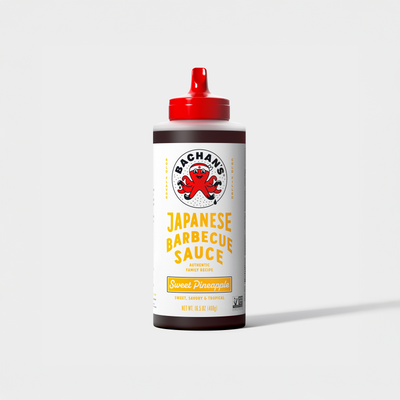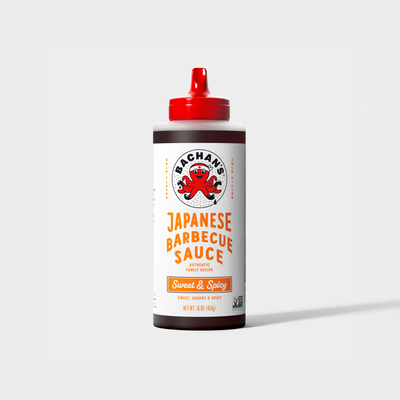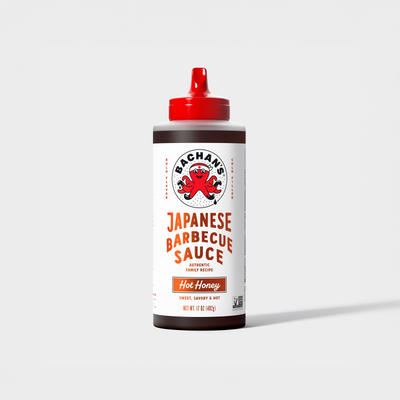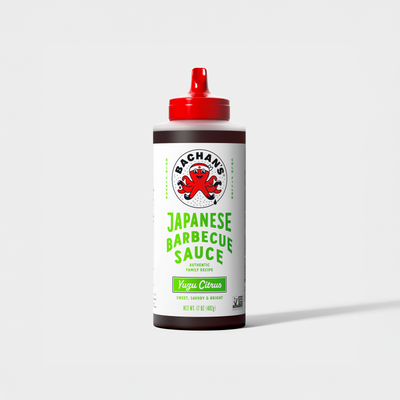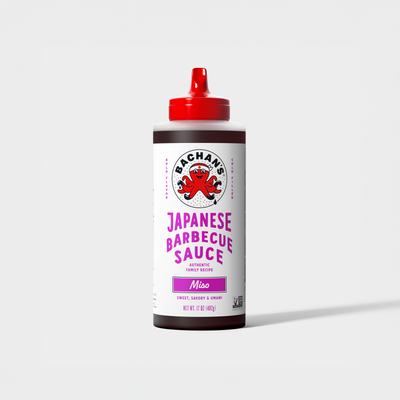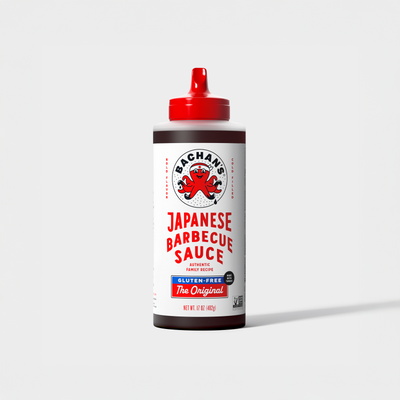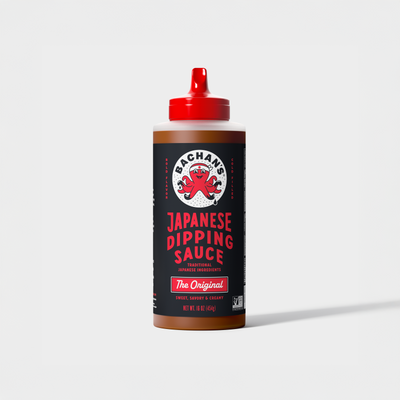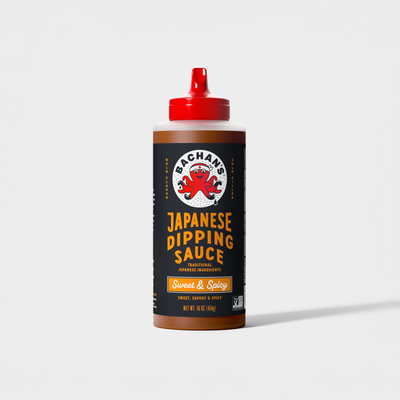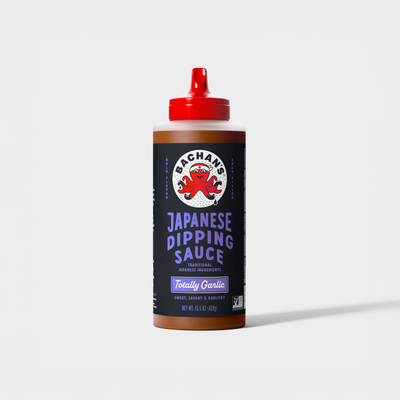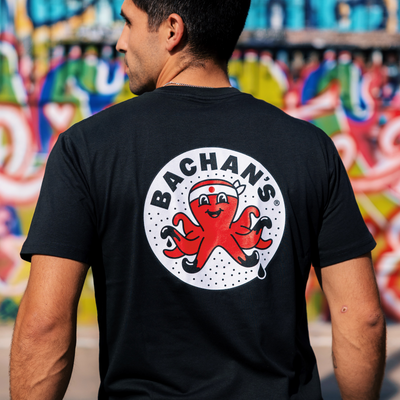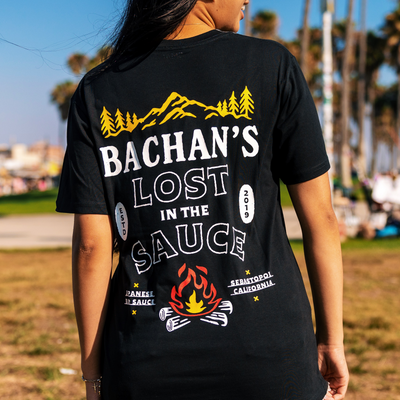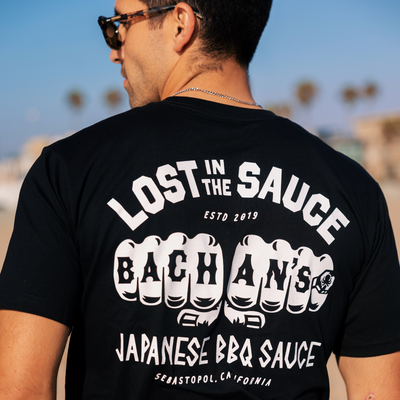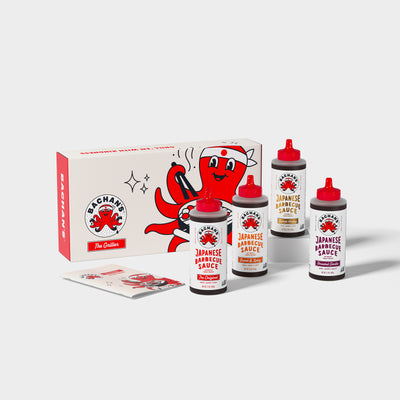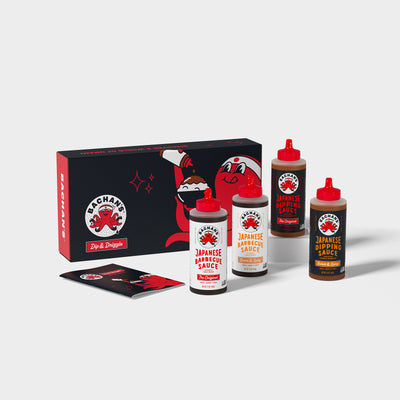Posted by Corey Loftus on
Hurricane Popcorn
- Cook Time: 0 Mins
- Serves: 6
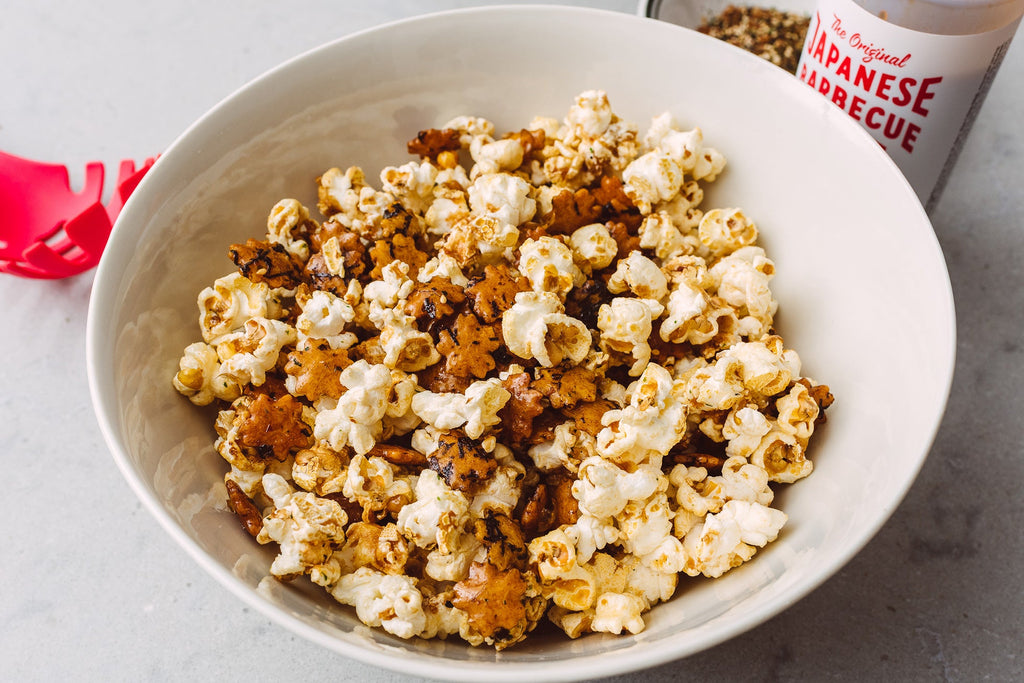
Is it movie night? Date night? Any day that ends in y? Then it’s a good time for popcorn. But wait. Hold on. Stop it. Don’t you dare grab that bag of butter-free, salt-free, fun-free popcorn. Why not just eat cardboard instead? We’ve put a mouthwatering, savory-sweet twist on this classic snack, and you’re never going to look at popcorn the same way again. That’s right. We’ve added Bachan’s Original Japanese Barbecue Sauce to the mix — no grill required.
Introducing: Hurricane Popcorn.
Microwave or Stovetop for Your Japanese Popcorn?
Most of us probably put a bag of kernels in the microwave and let technology do the heavy lifting for us. But will you get better results for your Japanese popcorn by popping your kernels on the stove?
Here’s the thing: Cooking things on the stove versus the microwave usually gives better results, and popcorn is no different. But why? Well, when you cook popcorn on the stove, every kernel is heated to the same temperature at the bottom of the pan. Unpopped kernels, which are smaller and denser, sink to the bottom, and the cooked popcorn moves upward, where it’s kept away from the heat so it doesn’t overcook. A microwave can’t pull this off.
Then, consider freshness, choice of oil, pure ingredients, and seasoning — things you can control with stovetop popcorn but not bagged/microwaved popcorn. Making popcorn on the stove can also be more cost-efficient.
All that said, sometimes, you want the quickest and easiest path. After all, you know what they say: Any popcorn is better than no popcorn at all. (That’s what they say, right?)
So, if you decide to toss a bag in the microwave, your Japanese popcorn will still be irresistible, and we won’t judge you. In fact, can we have some?
Arare Rice Crackers: A Popular Japanese Snack Choice
There’s a reason why we added arare rice crackers to our Japanese popcorn.
This isn’t Ritz. Arare rice crackers (called kakimochi in Hawaii) are made from glutinous rice that is fried and then seasoned with flavors that are both savory and sweet, especially soy sauce. It’s a popular snack all over Japan — and now, the US — and found its roots during the Edo period, from roughly 1603 to 1868.
There are three general types of arare: hina arare, norimaki arare, and kaki no tane arare. They differ in their sizes, shapes, colors, and seasonings. For example, hina arare is typically bright and multi-colored. Norimaki arare crackers are shaped like cylinders and then wrapped in dried, roasted nori seaweed. Kaki no tane arare is a combination of crescent-shaped pieces of senbei (another type of rice cracker) with red iso peanuts.
Arare isn’t just delicious. It also has a cultural significance: Hina arare specifically is a traditional snack eaten during the Japanese Doll Festival — also known as Girls’ Day and Hina Matsuri. This special day takes place on March 3 of every year. Hina refers to the doll, and Matsuri is the Japanese word for “festival.” On this day, families and communities get together to wish girls health, happiness, and good fortune, and meaningful food like hina arare is one thing that brings folks together.
Furikake: The Seasoning You Never Knew You Needed
You’ve probably seen it sprinkled over your rice but weren’t entirely sure what it was, although you probably immediately knew that you were obsessed. It’s furikake, and once you’ve had it, there’s no going back.
The word literally translates as “to sprinkle” in Japanese. Typically, furikake contains a dehydrated and ground-up protein (like fish), sesame seeds, dried seaweed flakes, soy sauce, and sugar. However, some folks are getting creative and finding ways to incorporate new flavors like kimchi and curry. We are here for it.
The history of furikake isn’t totally known, but one theory is that it goes back more than 10 centuries, when people used to dry seafood like salmon into flakes. Furikake as we know it today purportedly hit the scene during the Taisho era, around 1912 to 1926. Some say that a pharmacist in Kumamoto, named Suekichi Yoshimaru, invented it as a medicinal additive! By drying and grinding up ingredients like fish bones, seeds (sesame and poppy), and seaweed, he made it easier to incorporate important nutrients and minerals like calcium, zinc, and amino acids into the diet. He even named it gohan no tomo, or “friend of rice.”
Then, during World War I, furikake was rationed alongside rice. Eventually, in 1948, Momofuku Ando, who was a Taiwanese-Japanese inventor, kickstarted the mass production of furikake to combat malnutrition. By the mid-1950s, furikake made its way to the United States. These days, you can find bottles of it on the shelves of local grocery stores.
So, the next time you sprinkle a generous amount of furikake on your onigiri, know that you’re not only doing something good for your health, but you’re also taking a bite out of a seasoning with an important and memorable history.
Japanese popcorn is a delightful twist on the traditional snack — salty, sweet, and full of umami. The soft crunch of the popcorn against the crispiness of the rice crackers makes for the perfect companion on a night of Netflix binging. Furikake adds another burst of flavor you won’t be able to resist.
We know we said that our recipe serves six people, but, well, should you finish the whole bowl of Hurricane Popcorn yourself, let’s just say… we’ve been there. To extend its shelf life, store it in an air-tight container.
Directions
ingredients
10 cups popcorn (freshly popped)
2 cups arare rice crackers
2 tbsp melted butter
2 tbsp Bachan's Original Japanese Barbecue Sauce
¼ cup furikake
Prep Time: 5 Minutes
Cook Time: 0 Minutes (with popcorn popped)
Serves: 6 People

